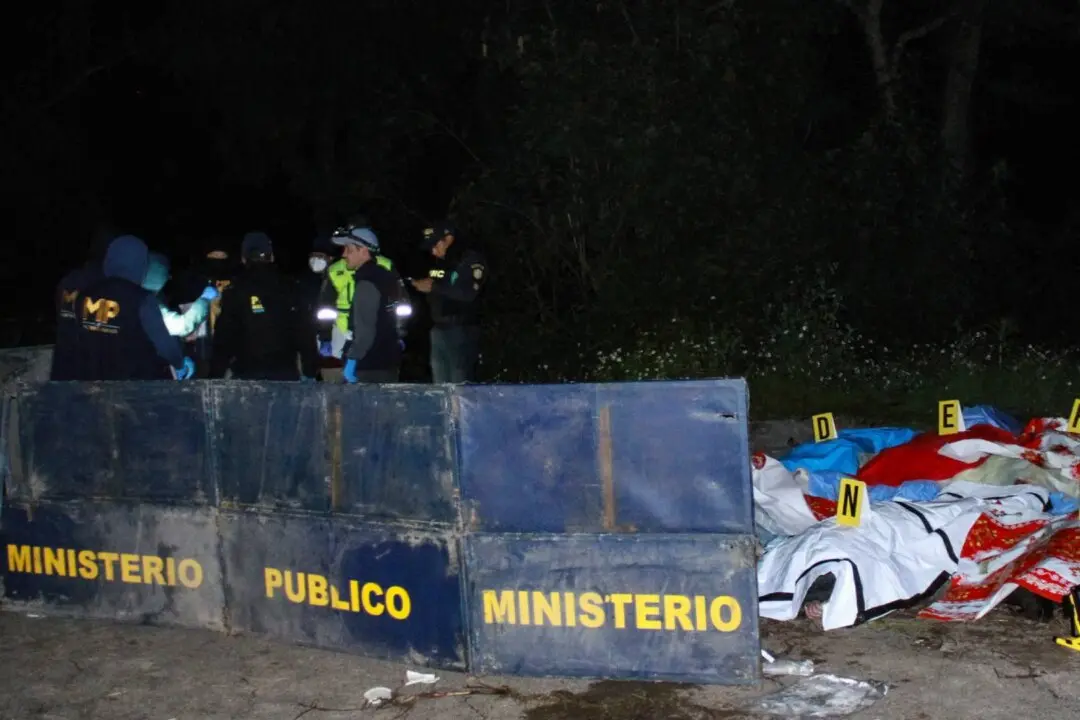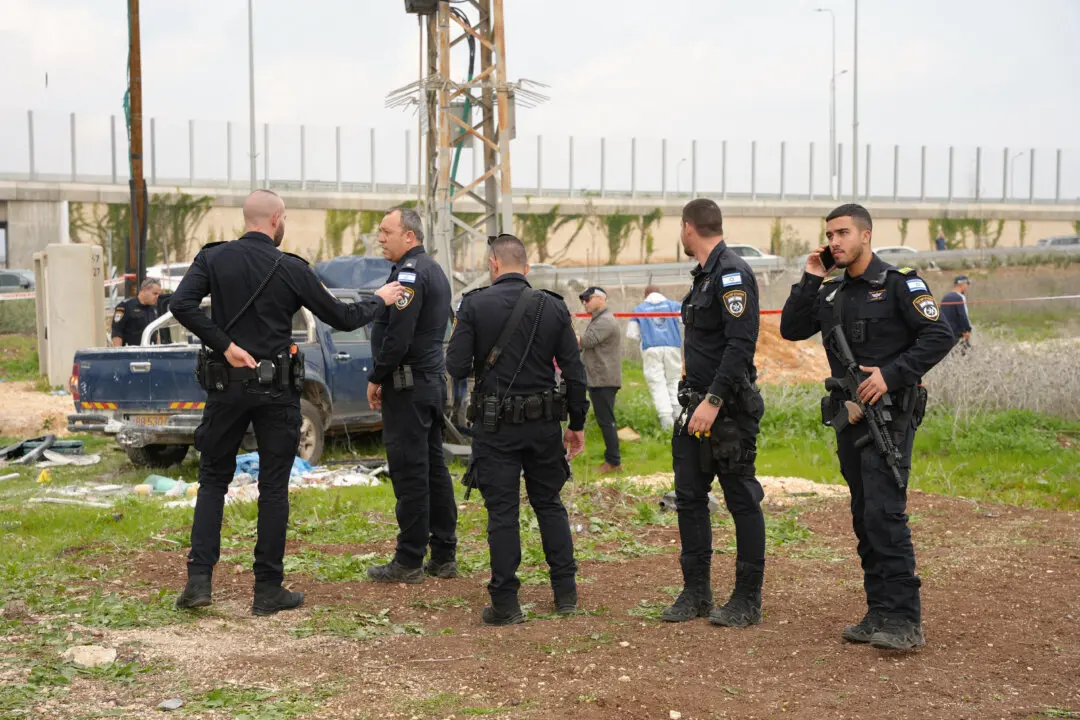ROME—Newly discovered correspondence suggests that World War II-era Pope Pius XII had detailed information from a trusted German Jesuit that up to 6,000 Jews and Poles were being gassed each day in German-occupied Poland. The documentation undercuts the Holy See’s argument that it couldn’t verify diplomatic reports of Nazi atrocities to denounce them.
The documentation from the Vatican archives, published this weekend in Italian daily Corriere della Sera, is likely to further fuel the debate about Pius’ legacy and his now-stalled beatification campaign. Historians have long been divided about Pius’ record, with supporters insisting he used quiet diplomacy to save Jewish lives while critics say he remained silent as the Holocaust raged.





